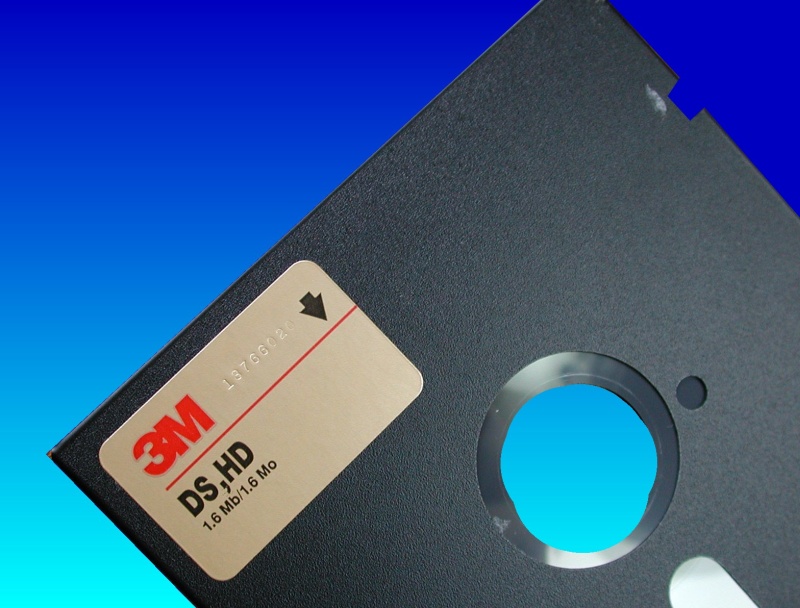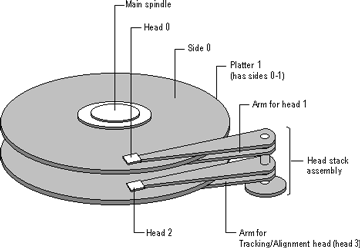


We’d used punch cards, punched tape and magnetic tape, which worked, but were laughably awful in terms of reliability, convenience, space and the length of time taken to load and save data. The floppy disk was one of the ‘first solutions to the problem of transferring data from one place to another. It holds a formatted capacity of just248KB. You can put a 50p piece in the central spindle hole with space to spare. But the history of the floppy disk goes back even further than the first PCs For the purpose of this feature, I got hold of one of the very first types of floppy disk, an 8in single-sided single-density disk. All the major models, from the IBM PC to the Amstrad PC1512 and PC1640, had one or two 5.25in floppy drives instead.įloppy disks were the main form of storage for the first decade of the PC’s history, in many cases the only form of storage. We had to send it back to get the version with 3.5in disks, which took ages because, at the time, hardly anybody used 3.5in disks for PCs. I opened the box, and inside it were two 5.25in disks. My first experience of multiple types of floppy disk came when my dad bought me a game (Targhan, in case you’re interested) for our PC XT clone in 1988.


 0 kommentar(er)
0 kommentar(er)
